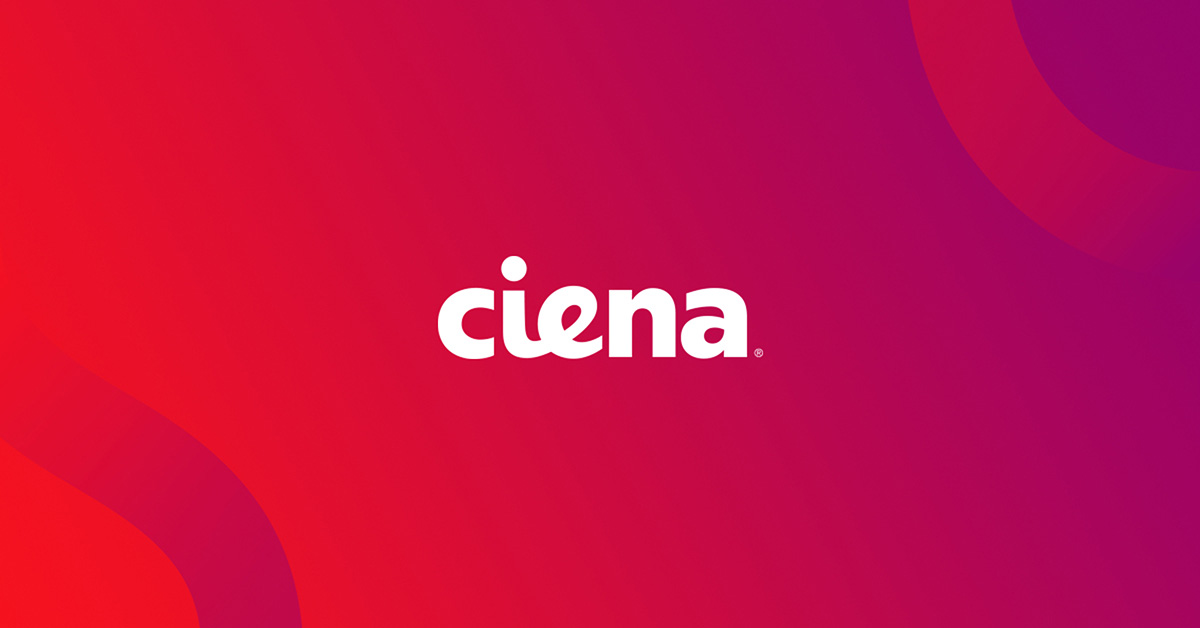Episode 1: The Road to 5G is Paved with Good Fiber with Brian Lavallée
Nothing demonstrates our dependence on mobile connectivity quite like the long summer vacation from school. How else are parents going to entertain angsty kids on the long trip to grandma's house? U.S. consumers and business users are spending many hours on our mobile phones each day, with that number poised to grow even more. 5G promises step increases in performance that will unleash new applications and services that today's best effort 4G/LTE networks cannot support, but much change needs to happen first. Mobile Network Operators (MNOs) need to carefully consider their 5G wireline infrastructure strategies in order to fully capitalize on the commercial opportunity. Today, we're talking to our own Brian Lavallee about the transformative promise of 5G, the state of 5G globally, and the technology strategies MNOs are taking to get to 5G.
Subscribe in iTunes Download episode





